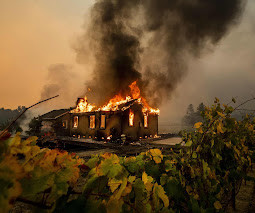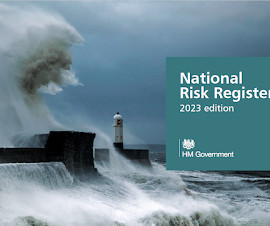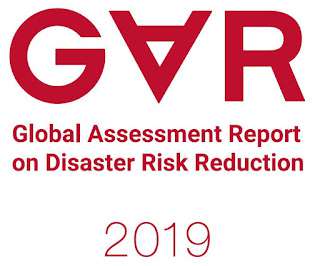OUR CHALLENGE
Emergency Planning
MARCH 3, 2025
It is fully documented in many reliable publications. These root causes are also well documented. There have recently been some natural hazard events of extraordinary size and power, but they are no more than curtain raisers. Natural hazard impacts are becoming fiercer, more extensive and more frequent.













Let's personalize your content